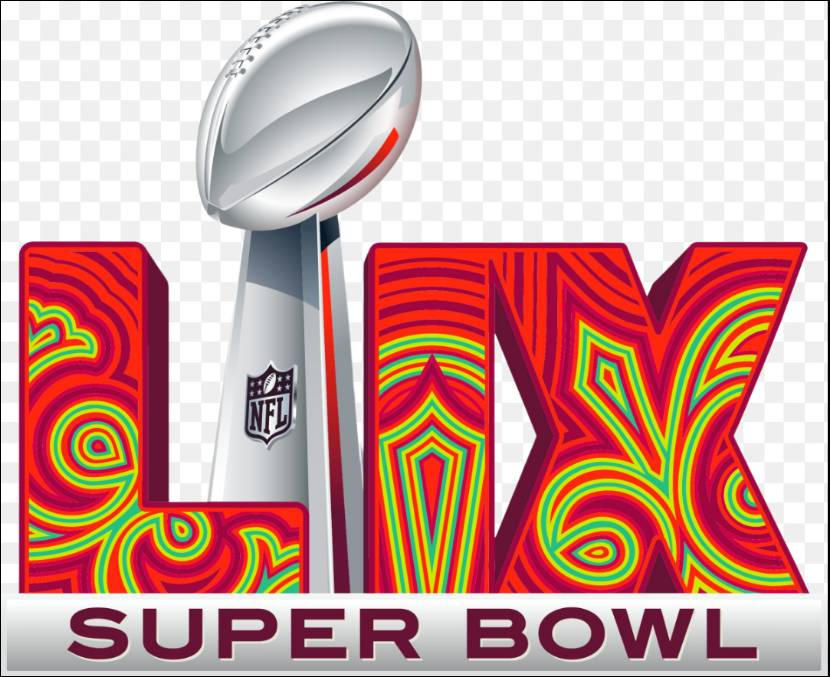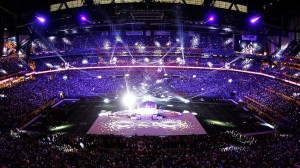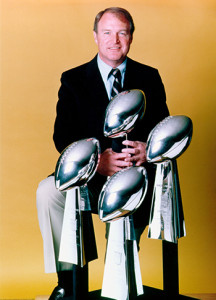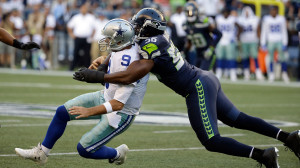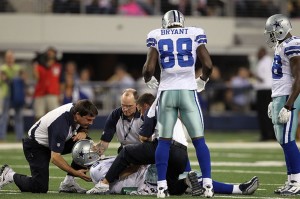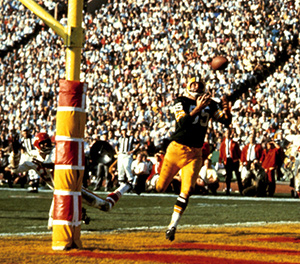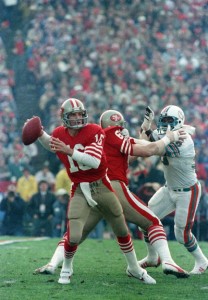Kansas City Seeks History in Super Bowl Matchup with Philadelphia in New Orleans 9
The Kansas City Chiefs are on the doorstep of National Football League history. No team has ever won three straight Super Bowls and the back-to-back defending world champion Chiefs could become the first as they prepare to play the Philadelphia Eagles in Super Bowl LIX. In fact, Kansas City is the first and only team in the history of the Super Bowl to reach a third straight Super Bowl having won the prior two. Thus, the Chiefs, champions of the American Football Conference, are in unprecedented territory which has never been explored before in the 105-year history of the NFL. Kansas City’s quest for a third straight Super Bowl win will take place Sunday Feb. 9 with kickoff set for 6:30 pm EST in the Caesars Superdome in New Orleans, LA. The game will be broadcast on FOX Sports and the most recent line has the Chiefs (-1.5) a slight favorite. The over/under for total points to be scored in the game is at 49 after opening at 49.5 With a victory, Kansas City would create a new standard for an NFL championship reign as well as a new mark for consistency at the highest level of football.
The Chiefs are in the Super Bowl for the fifth time in the last six seasons and are 3-1 in their prior four trips since the 2019 season. Kansas City quarterback Patrick Mahomes has the Chiefs on the brink of history and will be the most important player on the field on Sunday. Mahomes, a two-time NFL most valuable player, is the top quarterback in the game today largely due to his ability to consistently execute plays with his arm and legs. If a play should break down in some way, Mahomes draws on his experience by using his mind, creativity, and talents to deliver, especially in the clutch moments of games. His prime target is veteran tight end Travis Kelce who has the same ability to come up big in the biggest of moments. Look for those two to connect in some big moments on Sunday. Named to the Pro Bowl six times thus far in his career, Mahomes is one of only three players in NFL history with three Super Bowl MVP awards. The other two are Joe Montana with three and Tom Brady who holds the record with five such honors.
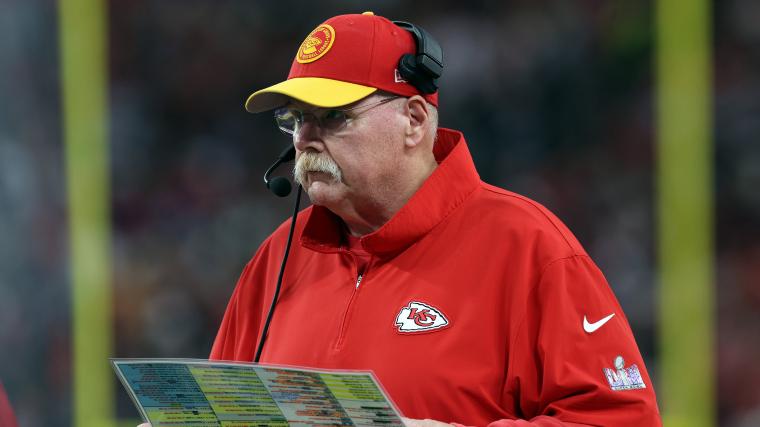
Along with masterful coaching by Kansas City head coach Andy Reid, Mahomes has the Chiefs at the top of their game. Kansas City won their ninth straight AFC west division title this season and set a single-season franchise record for most regular season wins with a 15-2 mark. Over this nine-season span, the Chiefs have gone 46-8 in division play and had a 6-0 record in three of the seasons, two of which culminated with a Super Bowl championship following the 2019 and 2022 seasons. While they have dominated their division and been the team others are targeting in the Mahomes era, they have done so not just by winning by big margins. In fact, it has been just the opposite this year. Kansas City enters the Super Bowl having won 17 straight one-possession games dating back to the 2023 season. This includes five postseason games, one of which was the classic 32-29 win over Buffalo in the AFC Championship game on Jan. 26 that sent them to New Orleans. The Chiefs just play above their opponents in the important moments throughout the game as well as in the biggest moments in the late stages of the fourth quarter or overtime. Reid and Mahomes have a lot to do with that along with the rest of the Kansas City players who provide a proven supporting cast. The Chiefs have succeeded time and time again in either pulling out a victory or preserving a small lead. Such was the case this season back on Nov. 10 when linebacker Leo Chenal blocked a potential game-winning field goal attempt by Denver with :01 left to play, preserving a 16-14 victory that moved Kansas City to 9-0. The Chiefs have so much moxie that when a big play or must have situation arises for them, they almost always make the play that gives them the edge. This is what the Eagles will have to monitor and be ready for from Kansas City as the game progresses on Sunday. Philadelphia will need to be very alert at all times.
The Eagles and Chiefs are playing in the Super Bowl for the second time in three seasons. Kansas City rallied from a 10-point halftime deficit to beat Philadelphia 38-35 in Super Bowl LVII in 2023 in Glendale, AZ. There, the Chiefs stormed back in the second half to take a 35-27 lead with 9:02 left to play in the fourth quarter. The Eagles responded with an eight-play 75-yard drive capped by Jalen Hurts’ two-yard touchdown run. Hurts added the two-point conversion to force a 35-35 tie with 5:15 left to play. That’s when Kansas City turned to Mahomes for his leadership and clutch ability. Hobbled by a high right ankle sprain, which he had reaggravated in the first half, Mahomes lead the Chiefs down the field, going 3-for-3 for 17 yards and adding a critical 26-yard run to get deep into Philadelphia territory. Three plays later after Mahomes’ big run, Mahomes threw a short pass to the left side looking for JuJu Smith-Schuster on third-and-eight. Officials called a defensive holding penalty on the play against Eagles’ defensive back James Bradberry nullifying the play and giving Kansas City a first-and-10 at the Eagles 11-yard line with 1:54 left to play. Philadelphia was forced to use its’ remaining timeouts and the Chiefs ran the clock down to :11. Harrison Butker’s 27-yard field goal clinched the win for Kansas City. Only :08 remained as the Eagles took the kickoff back to their own 36-yard line. Six seconds remained for the Eagles and Hurts’ pass down the middle fell incomplete to end the game.
Neither quarterback threw an interception in Super Bowl LVII and Hurts had a better statistical performance than Mahomes. Hurts went 27-for-38 for 304 yards and one touchdown while also running for 70 yards on 15 carries, three of which were touchdowns. Mahomes finished 21-for-27 for 182 yards and three touchdowns and was not sacked. Hurts was sacked twice and committed a costly fumble which was returned 36 yards for a touchdown by Chiefs’ linebacker Nick Bolton to force a 14-14 tie in the second quarter.
